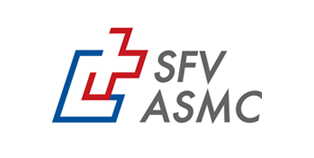Until the end of 2020, this decision was easier:
"Anyone who has taken the practical driving test with an automatic transmission receives a corresponding entry in the driver's license and is not allowed to drive manual transmission cars."
In 2021, this restriction was removed with a automatic entry in the driver's license - currently the following regulation applies:
"Anyone who has taken and passed the practical driving test in a car with automatic transmission may also drive manual transmission cars and reverse."
This means for you as a new driver: You decide by yourself which transmission you prefer for learning.
Which is better now? Automatic or Manual transmission?
There is no simple answer. Everyone must answer this question for themselves. Both variants have their advantages and disadvantages.Important to know: If you learn to drive a car with a manual transmission, it is much easier to drive cars with an automatic transmission later on.
The other way around, however, is much more difficult - you MAY of course, but you CAN'T - or you have a lot of trouble with it, at least at the beginning.
Short and to the point:
If the goal is to get your driver's license as quickly as possible, driver education with an automatic transmission is certainly easier and can also be more efficient, but it is largely dependent on the student driver. However, if you want to be flexible in the long term and be able to drive cars with manual transmission safely and in a relaxed manner later on, I recommend a driver education with a manual transmission.
Of course you may also try both cars and then decide which gearbox variant you prefer - even during the driver education, a change is always possible.
Any questions?
I look forward to hearing from you and will be happy to help you further.

